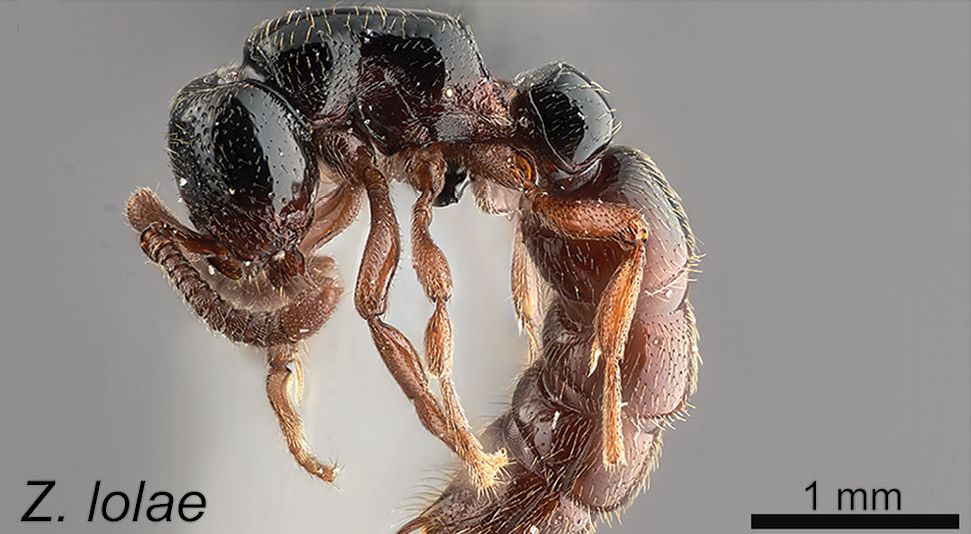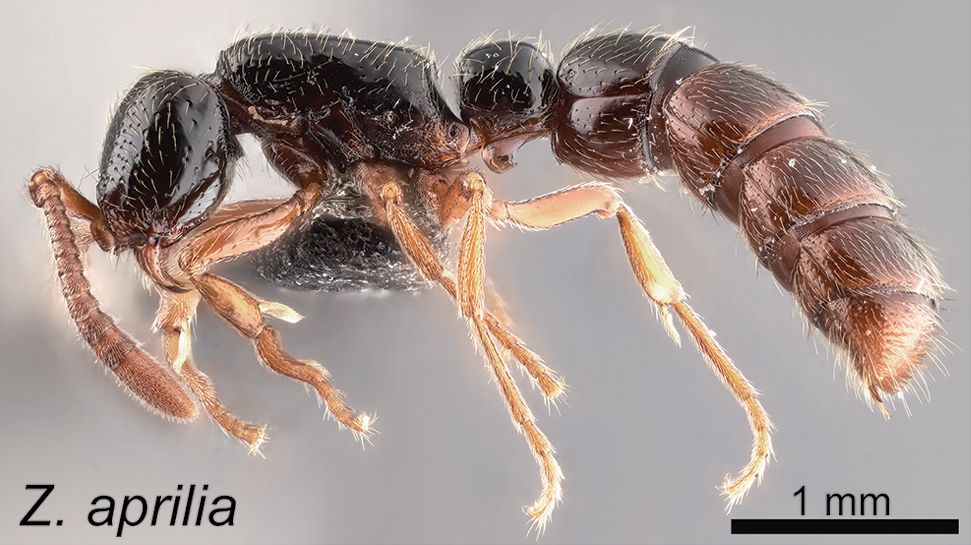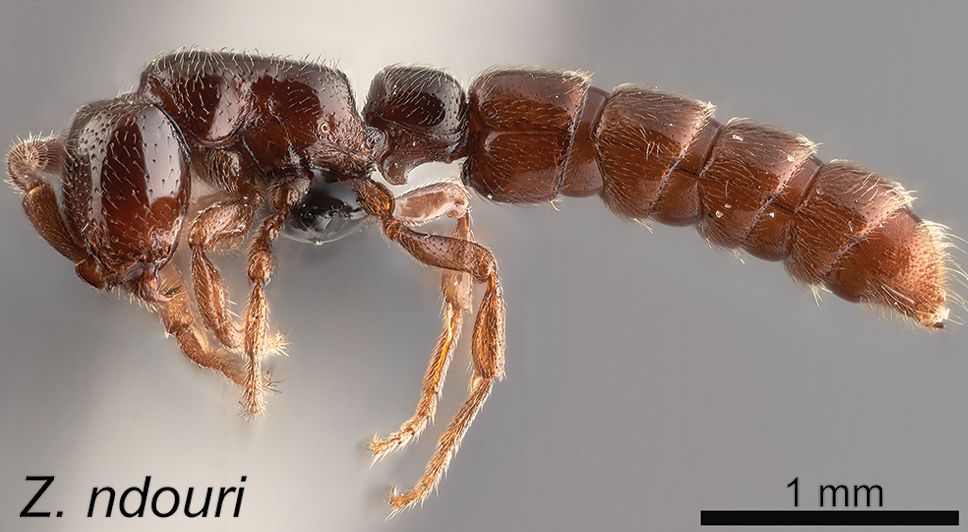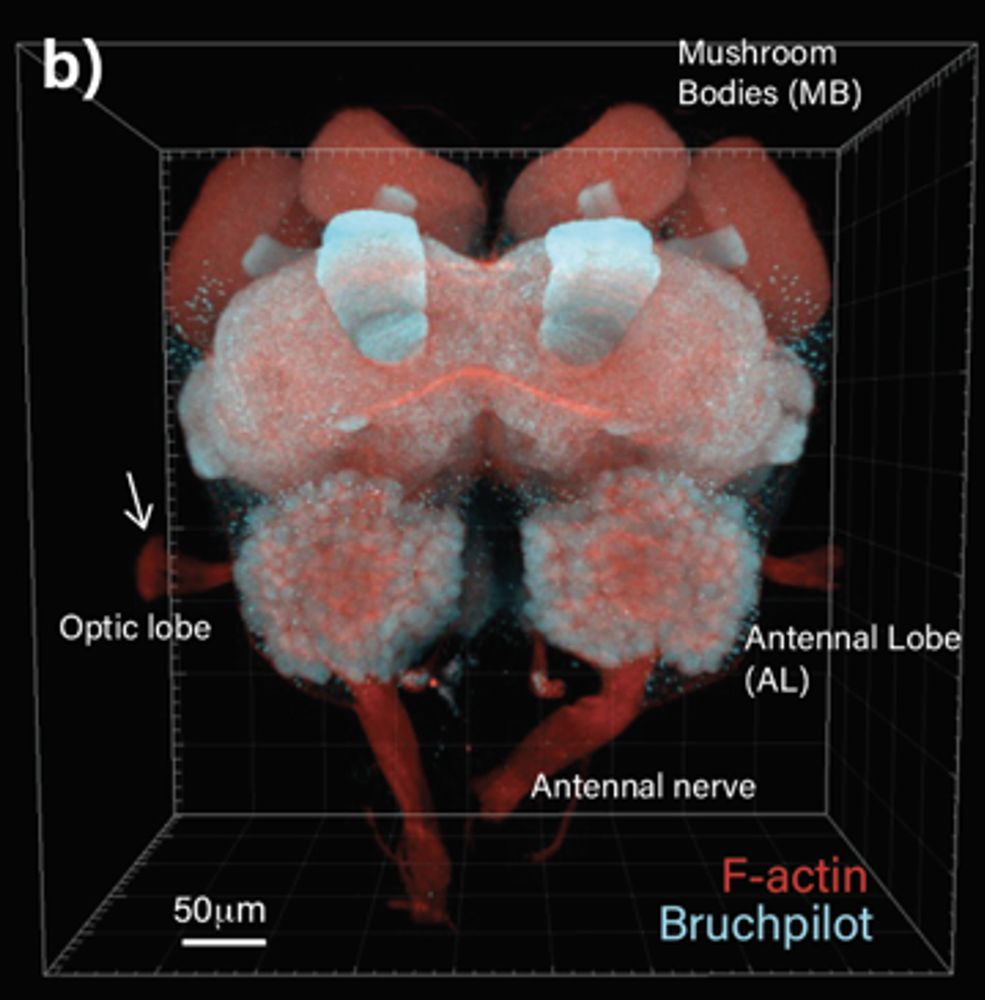


blog.myrmecologicalnews.org/2025/04/09/m...

blog.myrmecologicalnews.org/2025/04/09/m...
doi.org/10.1093/sysb...

doi.org/10.1093/sysb...
#newspecies #taxonomy #ants #entomology




#newspecies #taxonomy #ants #entomology
🐜 How did ants evolve their highly specialized queens and workers?
With @adriatica.bsky.social, we reveal a key evolutionary innovation: adult control over larval feeding unlocked extreme caste dimorphism and complex societies. 🧵👇
🔗 Read in @pnas.org: doi.org/10.1073/pnas...

🐜 How did ants evolve their highly specialized queens and workers?
With @adriatica.bsky.social, we reveal a key evolutionary innovation: adult control over larval feeding unlocked extreme caste dimorphism and complex societies. 🧵👇
🔗 Read in @pnas.org: doi.org/10.1073/pnas...

Jardim et al. studied personality in H. striatula ants, finding low repeatability in behaviors and no evidence of behavioral syndromes. 🐜
🔗 doi.org/10.1007/s000...
#InsectesSociaux #SocialInsects #AnimalPersonality #Ants #BehavioralScience #Eusociality #Behaviouralsyndrome

Jardim et al. studied personality in H. striatula ants, finding low repeatability in behaviors and no evidence of behavioral syndromes. 🐜
🔗 doi.org/10.1007/s000...
#InsectesSociaux #SocialInsects #AnimalPersonality #Ants #BehavioralScience #Eusociality #Behaviouralsyndrome

We tell you here 👉🏼 link.springer.com/article/10.1...

We tell you here 👉🏼 link.springer.com/article/10.1...


Oh, and of course a link to the paper:
myrmecologicalnews.org/cms/index.ph...
Oh, and of course a link to the paper:
myrmecologicalnews.org/cms/index.ph...
Link 👉🏼 www.sciencedirect.com/science/arti...

Link 👉🏼 www.sciencedirect.com/science/arti...
#Neurobiology #genomics #transcriptomics to investigate the olfactory system of ants from genes to neurons
Information: seafile.rlp.net/f/53a92045be...


#Neurobiology #genomics #transcriptomics to investigate the olfactory system of ants from genes to neurons
Information: seafile.rlp.net/f/53a92045be...

doi.org/10.1093/sysb...
doi.org/10.1093/sysb...
Happy 2025 for you as well
zookeys.pensoft.net/article/1312...

Happy 2025 for you as well
zookeys.pensoft.net/article/1312...

@currentbiology.bsky.social: a Quick Guide to the wondrous and fascinating biology of the clonal raider ant: authors.elsevier.com/a/1kOXg3QW8S...

@currentbiology.bsky.social: a Quick Guide to the wondrous and fascinating biology of the clonal raider ant: authors.elsevier.com/a/1kOXg3QW8S...
www.cell.com/current-biol...

www.cell.com/current-biol...


